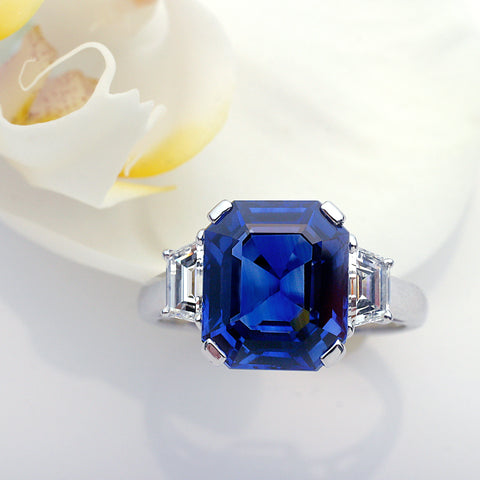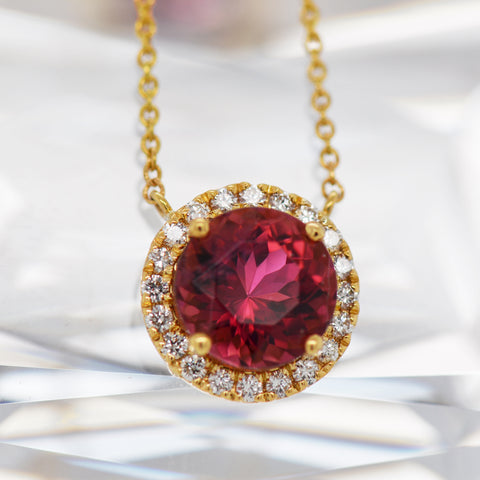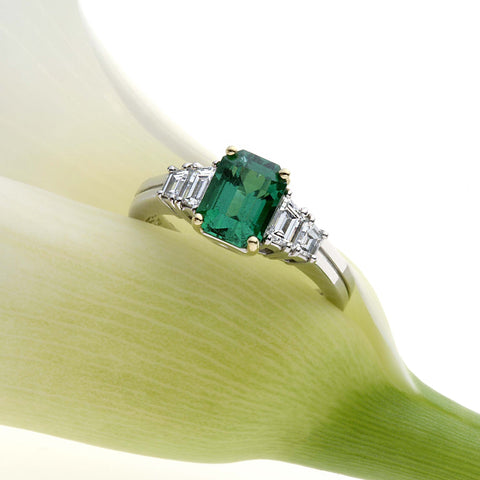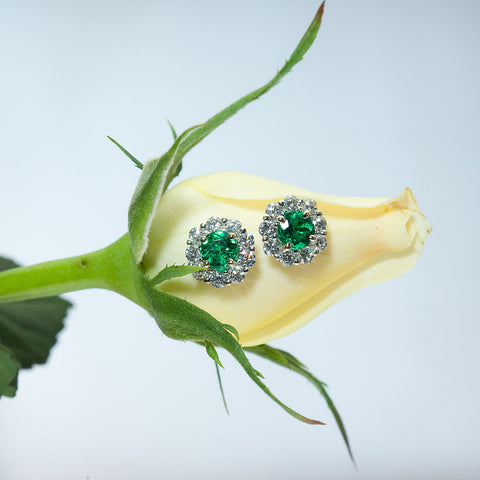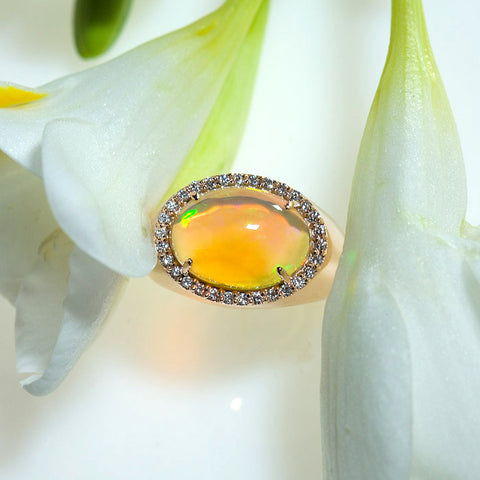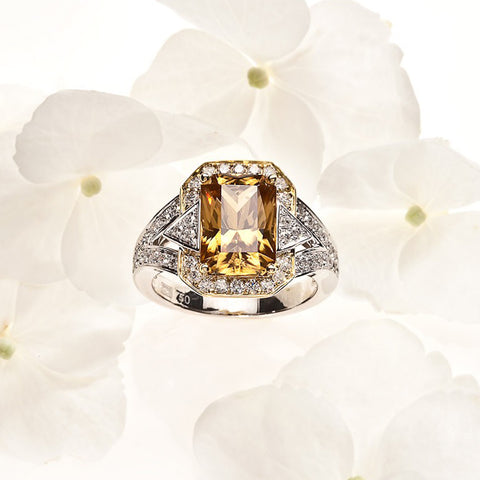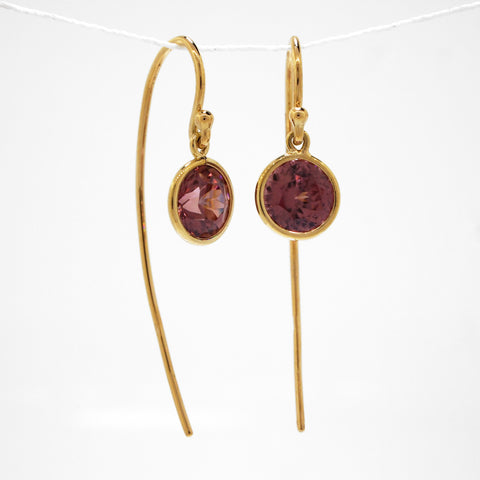The Power Of Gemstones
Sapphire
Blue sapphires, the color of the sky, have long been associated with heaven, divinity and power.
They hold special meaning in Christianity. Sapphire rings were given to priests back in the day because they were thought to promote chastity and honesty.
The original Ten Commandments were said to be inscribed on sapphire slabs, a substance so hard to break that it was thought only divine intervention could inscribe it.
In Sri Lanka, which was known as Ceylon when it was a British colony, it was considered the best protection against the evil eye.
Star sapphires, meanwhile, were thought to contain a guiding star and ensure safe travel.
Corvin also noted that the sapphire was said to be a remedy for eye troubles, though she wondered if its smooth, cool surface was perhaps the “ancient equivalent of frozen peas.”
Hindu legend identified sapphires by their bittersweet taste. The stronger the taste when licked, the higher the quality.
Ruby and Garnet
Ancient lore doesn’t always specify between ruby and garnet, explained Corvin, referring to them only as “red stones,” so it can be hard to tell which tale applies to which gemstone.
One of the first mentions of rubies dates back thousands of years to Sanskrit texts, when they were called “Ratnanayaka” and known as “the King of Gems.”
In India, rubies feature in many stories and were thought to be a gift from the gods and, therefore, one of the most powerful offerings to them.
A ruby grading system was created, dividing them into four castes, according to GIA. A true “Oriental” ruby was known as a Brahmin, the highest class level, and possessing one ensured the owner’s safety.
Rubies also were thought to bring good fortune, wellness and happiness.
The bright, red glow of a garnet, meanwhile, was attributed to an inner fire. Ancient tales describe garnets lighting up entire rooms and being hot enough to boil water.
Garnets were said to bring physical and emotional strength to the wearer.
Emerald
The bright-green color of an emerald has long been associated with spring, said Corvin.
Emeralds are mentioned in texts dating back to the 2nd century B.C. in India. Ancient texts detail emeralds being sold in Babylonian markets as far back as 4000 B.C.
Over the years, emeralds have been called by many names, but the oldest name is thought to be the Latin “Smaragus.”
Emeralds are featured in the Hindu legend of Vala, a demon-god and tyrannical ruler who was killed by demi-gods.
His body parts were said to be scattered all over and each part turned into a different precious gemstone. His blood became rubies and his teeth became pearls. Emeralds …. well, they came from Vala’s bile.
That’s pretty gross, but take a look through the slideshow below and tell me you don’t want to wear some dragon bile.
Opals
Opals have a long, complicated history, so let’s start at the beginning.
Arab tradition says that opals were created by a lightning strike and the flashes of color within are trapped lightning.
Opal tales can be traced back as far as Ancient Greece, first recorded in Plato’s “Republic” as an invisibility stone. Although opal the gemstone was not mentioned by name in the earliest version of the story, each re-telling claims that the stone was opal, said Corvin.
In the Middle Ages, opal was known as the “magician’s stone;” because the stone displayed a variety of colors, it was believed to hold the powers of every gemstone.
However, this thought-to-be magical stone later came to be known as bad luck and a symbol of ill omens, noted Corvin.
A misunderstanding of Sir Walter Scott’s 1829 novel “Anne of Geierstein, or the Maiden of the Mist” may be partially to blame.
In the story, a character named Lady Hermione wears an opal clasp in her hair that is said to change color based on her moods.
When the opal—which is a soft, easily-damaged stone—is touched by holy water, it loses its luster and Hermione falls to the ground. She is brought to her chambers and, soon after, turns to ash.
If you finish the novel, you learn that Hermione’s death was caused by poison and not the opal but the novel was published in parts, as was common at the time, and it seems not everyone read the next chapter.
Back in the day, a lot of novels were published week to week in newspapers or magazines, and people would wait for the next part, just like we wait for new episodes or season of shows to come out on Netflix, etc. today.
A bit later, Queen Victoria, a known fan of opals and a style icon of her time, attempted to bring the gemstone back into fashion.
At her coronation, she wore an opal brooch to close her dress, but when her dress came undone in the middle of the ceremony, opals fell from grace yet again.
In the late 19th century, King Alfonzo XII of Spain fell in love with an aristocrat, Comtesse de Castiglione (the Countess of Castiglione), but married another woman, Princess Mercedes, according to The Court Jeweller, a blog about royal jewelry written by historian Lauren Kiehna.
The countess, allegedly looking to show there were no hard feelings, sent the happy couple a wedding present—a gorgeous opal ring set in gold for Princess Mercedes. The princess died mysteriously two months later.
The king gave the ring to his grandmother, Queen Christina, who died soon after as well.
Apparently not someone who easily learns a lesson, the king tried again, giving the ring to his sister, Infanta Maria del Pilar, who died shortly after too, and then to his sister-in-law, who—guess what?—also passed away.
Surrounded by death and despair, the king decided to wear the ring on his own finger and died less than a month later.
Was it the cursed opal that killed the king’s entire family? No, the cause of death was more likely to be the cholera epidemic that was sweeping through Spain at the time, said Corvin.
Zircon
Zircon, also known as the mimic stone, comes in a range of colors, making it easy to misidentify it, explained Corvin.
The oldest zircon crystal ever found was in Australia, dated at 4.4. billion years old. (Just to put that in perspective, Earth itself is thought to be around 4.5 billion years old.)
Historical texts mentioning zircon can be traced back to ancient times in Persia, Greece and Rome. It’s been known by a variety of names, including Jargoon, Zargun, Zarkun, Hyacinth and Jacinth.
Zircon was believed by many to be a protective stone, guarding the wearer against phantoms, spirits, dark magic and disease.
In the Middle Ages, it was thought to shield the wearer from lightning strikes, directing bolts away from the wearer to another target. (Don’t try this at home.)
Zircon was also considered a healing stone by some, with each color curing a different ailment.
Content by Lenore Fedow from the National Jeweler.

